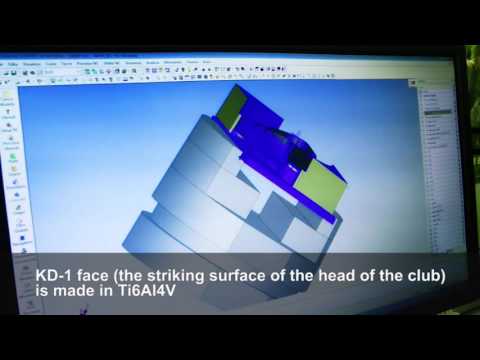http://www.kickstarter.com/projects/117421627/the-peachy-printer-the-first-100-3d-printer-and-sc/widget/video.html
A $100 3D printer sounds like it has all the structural soundness of a drunken uncle at a wedding disco working his ‘magic’ to a Jackson 5 mega-mix, but it all seems to make sense.
Rather than finding cheaper ways to make the already bargain basement FDM machines more affordable, Rylan Grayston set about stripping back an SLA machine to bare components, and arrived at the Peachy Printer.
The Peachy uses a controlled beam of light to cure light sensitive resin into hard objects moving a laser beam along the X and Y axes to create the shape of the object – so far, so standard – Yet things take a costcutting, MacGyver-esque turn, once you get further in.

‘Dave’ is just Peachy
The resin floats on the surface of water, so a drip system is used to control the level of the resin on the Z axis which determines the height of the object.
The rate of this drip feed is controlled by a valve, which as each drip leaves the feed, it passes through two contact points creating an electrical connection that is detected by your computers microphone jack.
The drip continues to fall into the bottom container where it causes the resin floating atop it to rise. The software listens to the microphone level, counting each drip that falls and calculates the resultant level of the resin. This allows the software to send the layer that corresponds with the current Z-level of the resin.
The object you want to print must first become a 3D model in Blender. Rylan’s software add on for this takes the data from the 3D model and translates it into an audio waveform.
It then plays the audio file out to the printer through the headphone jack in your computer with the waveform driving a pair of electro magnetic mirrors that reflect and control the path of the laser beam.
The higher the volume, the higher the voltage, the more the mirrors move, taking care of the X and Y axes.
The models are only a few centimetres in size currently, but build size is effectively unrestricted (not sure if it’d work too well hovering above a swimming pool).
In addition, slap on a digital scanner and the laser points double up as a laser scanner.
There’s less information about the resins and build quality – how many micron layers is a drip of water? Technically, about as long as a piece of string – although flexible materials are already available.
As this is a Kickstarter project we’re excited to hear more from what is a new way of problem-solving the cost issues of domestic 3D printing, but asking more about the scale and size of future machines, and even their portability.
Plus it’s only $100!
I can hear the clicking of MacGyver’s paperclips now…






